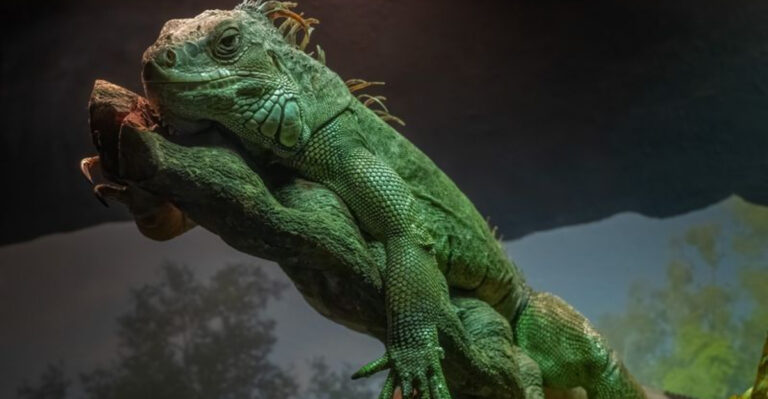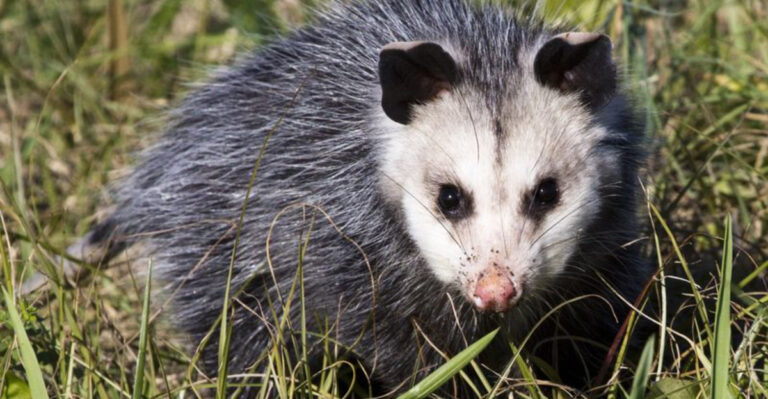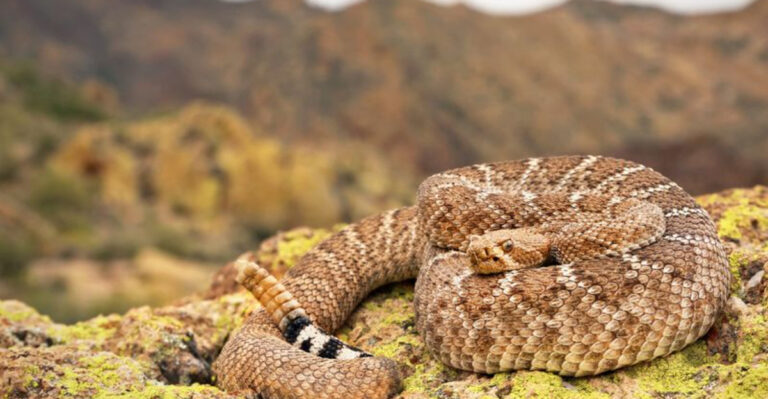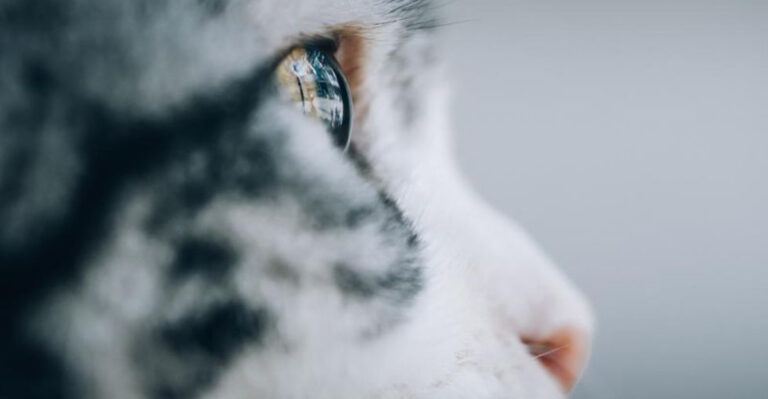Things Science Got Wrong About Dinosaurs
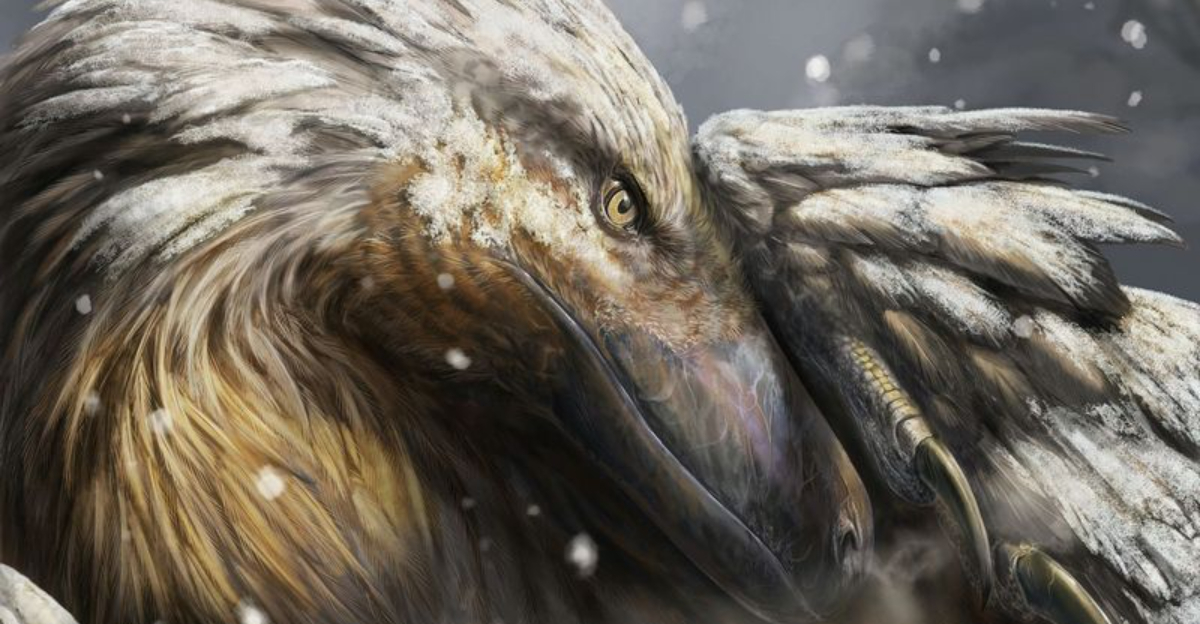
Remember those dinosaur books from your childhood? Turns out they were filled with mistakes! Scientists are constantly updating what we know about these ancient creatures as new fossils and technologies emerge.
From colors to behaviors, our understanding of dinosaurs has changed dramatically over the last few decades.
Cold-Blooded Lizards? Think Again!
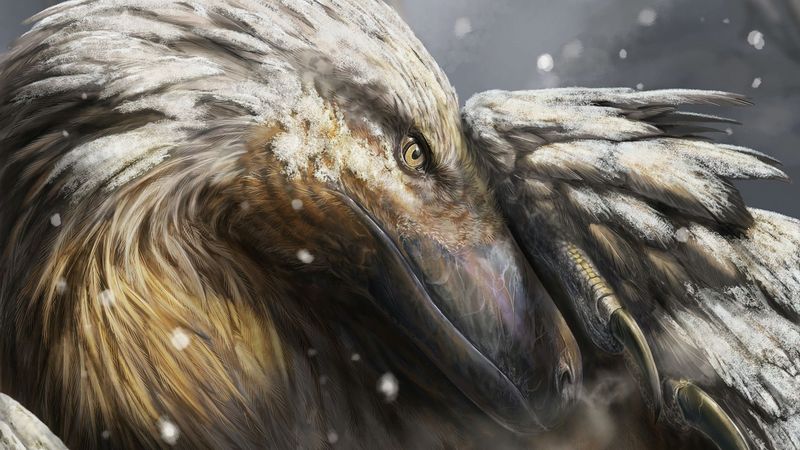
For decades, scientists believed dinosaurs were cold-blooded like modern reptiles. Recent evidence suggests many dinosaurs were actually warm-blooded, similar to birds.
Growth patterns in their bones reveal they maintained high metabolic rates. This explains how they could be so active and thrive in various climates, even chilly ones!
Feathered, Not Just Scaly
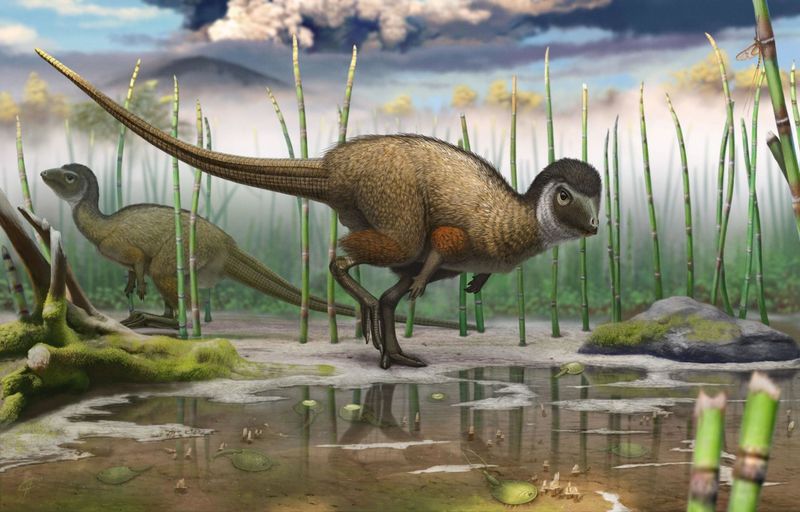
Jurassic Park got it wrong! Many dinosaurs, especially theropods (the group including T. rex), had feathers. Fossilized imprints show everything from simple fuzz to complex wing structures.
Even the mighty T. rex likely had some feathery covering as a juvenile. These feathers weren’t for flight but possibly for insulation, display, or parental care.
Colorful, Not Drab Green and Brown
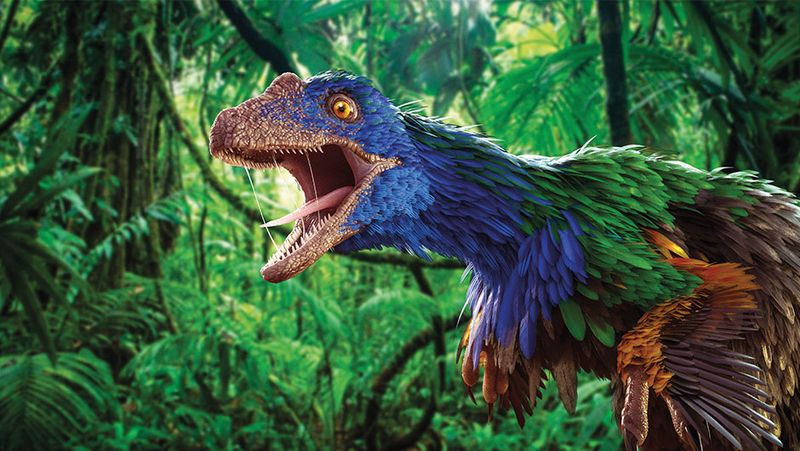
Forget those dull-colored dinosaurs from old textbooks! Scientists can now determine actual dinosaur colors by studying melanosomes—tiny structures containing pigment—preserved in fossils.
Some dinosaurs had striking patterns and vibrant hues. Microraptor, for instance, had iridescent black feathers that shimmered like a raven’s. Others sported reddish crests or striped tails.
Smart, Not Dim-Witted Giants
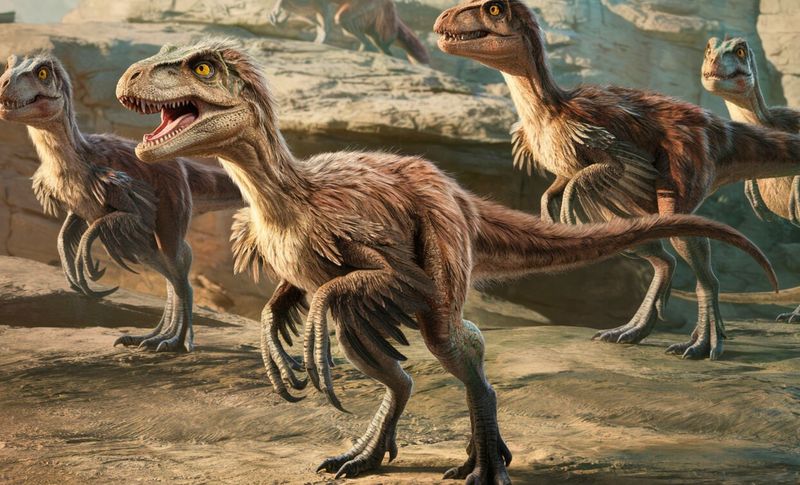
Early paleontologists thought dinosaurs had walnut-sized brains and were stupid. Brain casts reveal many species were surprisingly intelligent! Troodontids had the highest brain-to-body ratios of any dinosaur—comparable to modern birds.
Velociraptors likely hunted in coordinated packs, requiring complex social intelligence. Some dinosaurs may have been as smart as modern-day crows or raccoons.
Fast Movers, Not Lumbering Beasts

Remember the T. rex in Jurassic Park that couldn’t see you if you stood still? Pure fiction! T. rex had excellent vision and could run approximately 12-25 mph—you couldn’t outrun it.
Smaller dinosaurs were even faster. Gallimimus could sprint at 30+ mph. Trackways show dinosaurs were generally agile, active creatures, not the slow-moving monsters often portrayed.
Caring Parents, Not Abandoning Mothers
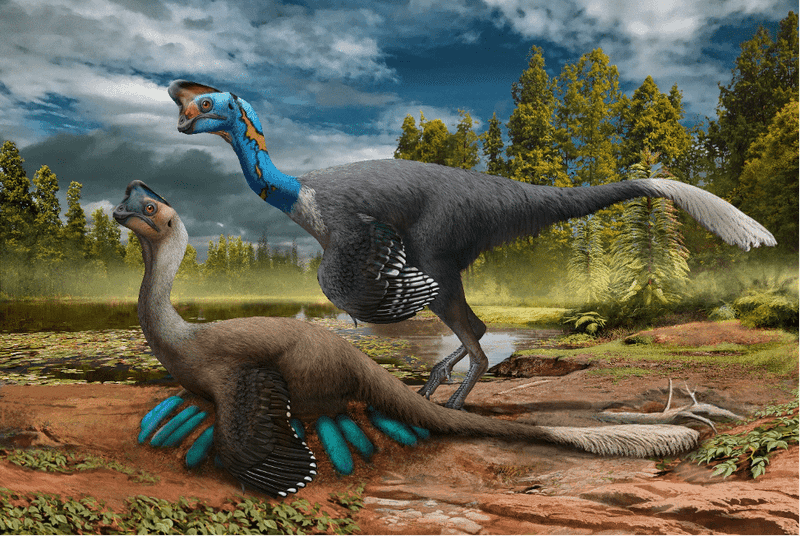
Fossil evidence shatters the myth that dinosaurs abandoned their eggs. Many species were devoted parents! Oviraptor fossils have been found sitting on nests, protecting their eggs from sandstorms.
Maiasaura (meaning “good mother lizard”) nests show evidence of parents returning to feed hatchlings. Some dinosaurs even formed family groups, with adults protecting juveniles from predators.
Not All Dinosaurs Were Giants
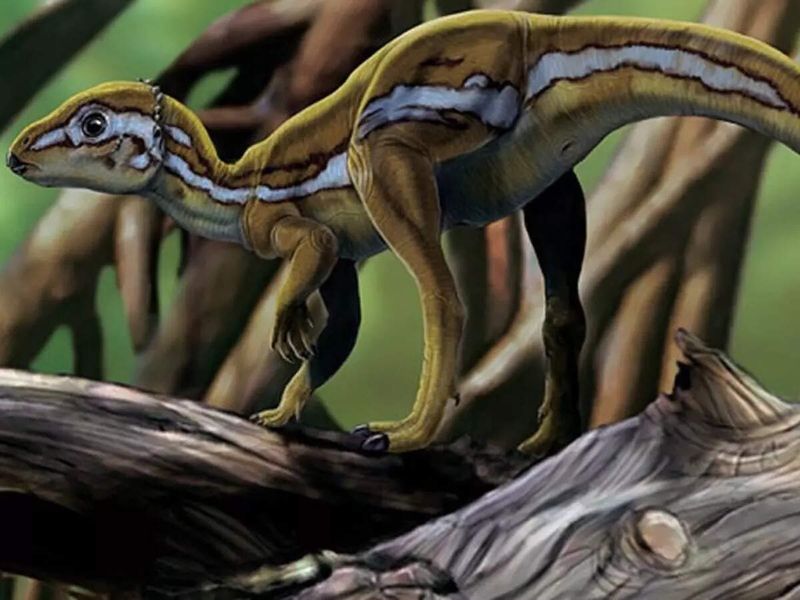
Movies love showing massive dinosaurs, but many species were quite small! Microraptor was the size of a crow, while Compsognathus was no bigger than a chicken.
The smallest known dinosaur, Oculudentavis, was hummingbird-sized. These mini-dinosaurs filled ecological niches similar to today’s small mammals and birds, proving dinosaurs were incredibly diverse in size.
They Didn’t All Live Together
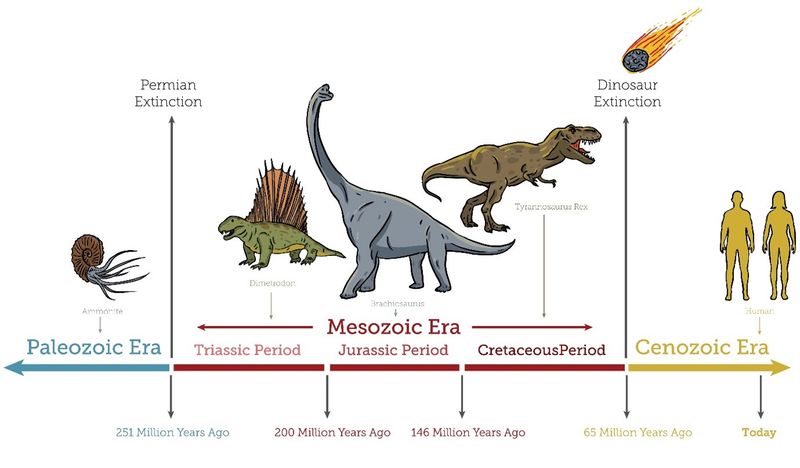
Stegosaurus never battled T. rex—they lived 80 million years apart! The dinosaur era spanned over 165 million years, with different species evolving and going extinct throughout this vast timeframe.
Tyrannosaurus and Triceratops lived during the late Cretaceous, while Brachiosaurus and Stegosaurus roamed in the Jurassic. This time gap is longer than the time separating humans from T. rex!
Not Wiped Out Instantly
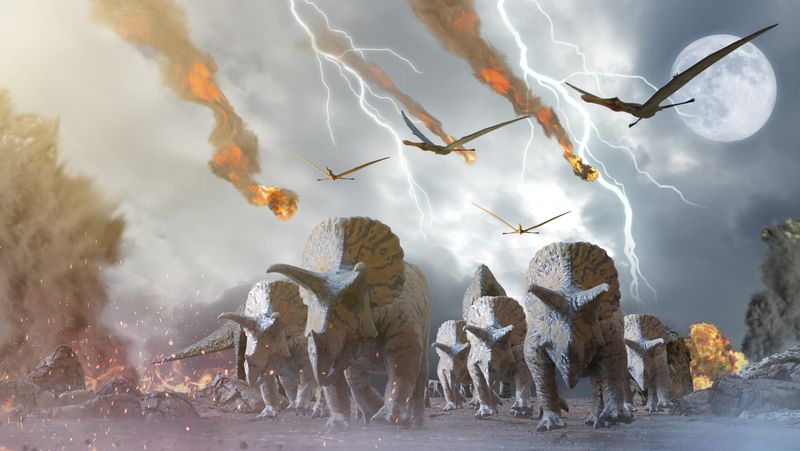
The asteroid impact that ended the dinosaur age wasn’t an overnight extinction. Many dinosaur species were already declining for millions of years before the impact.
Climate changes, volcanic activity, and shifting continents had stressed dinosaur populations. The asteroid was the final blow, but some dinosaur species survived as birds—meaning dinosaurs never truly went extinct!
Their Sounds Remain A Mystery
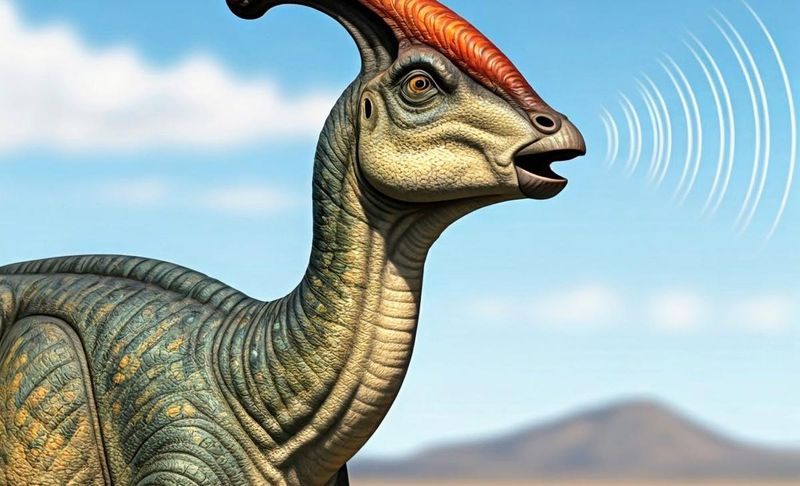
Jurassic Park’s roaring T. rex is pure imagination—we have no fossilized vocal organs to know how dinosaurs sounded! Modern relatives like birds and crocodilians suggest diverse vocalizations.
Some dinosaurs likely hooted like owls or boomed like cassowaries. Others may have used infrasound rumbles like elephants. The iconic roars we associate with dinosaurs are Hollywood inventions.

